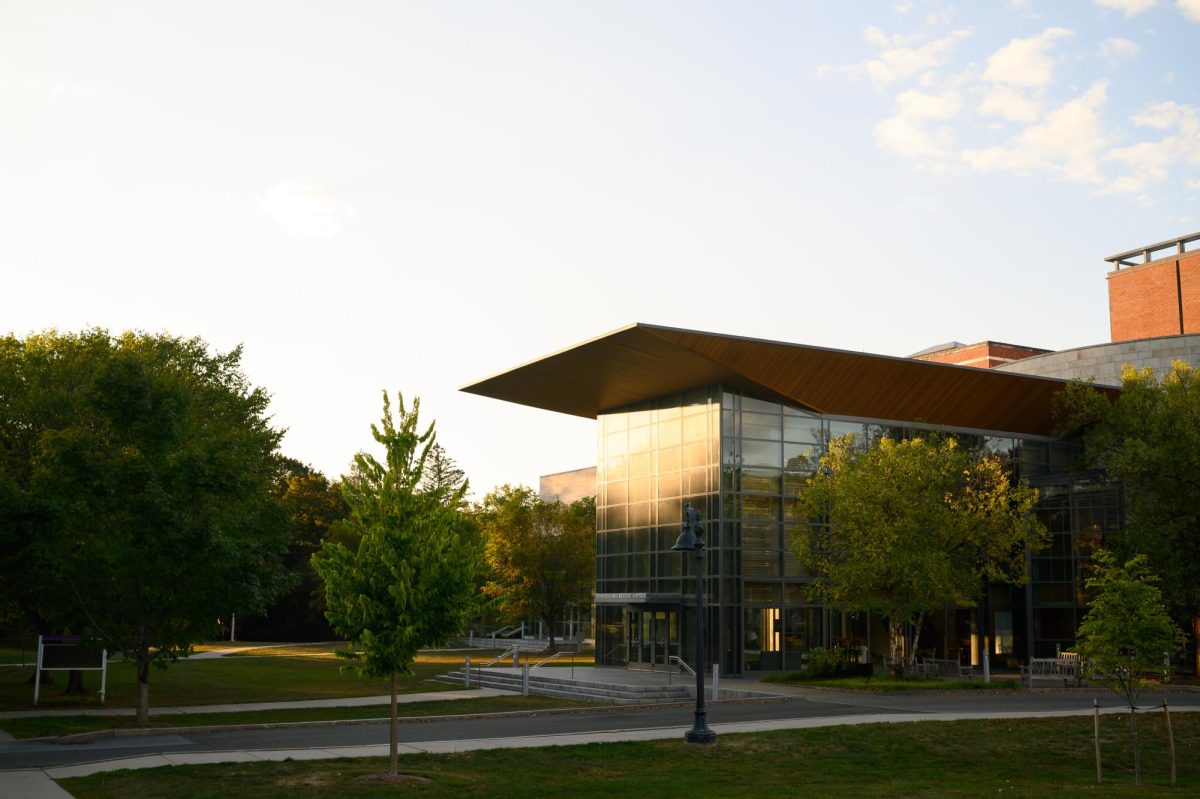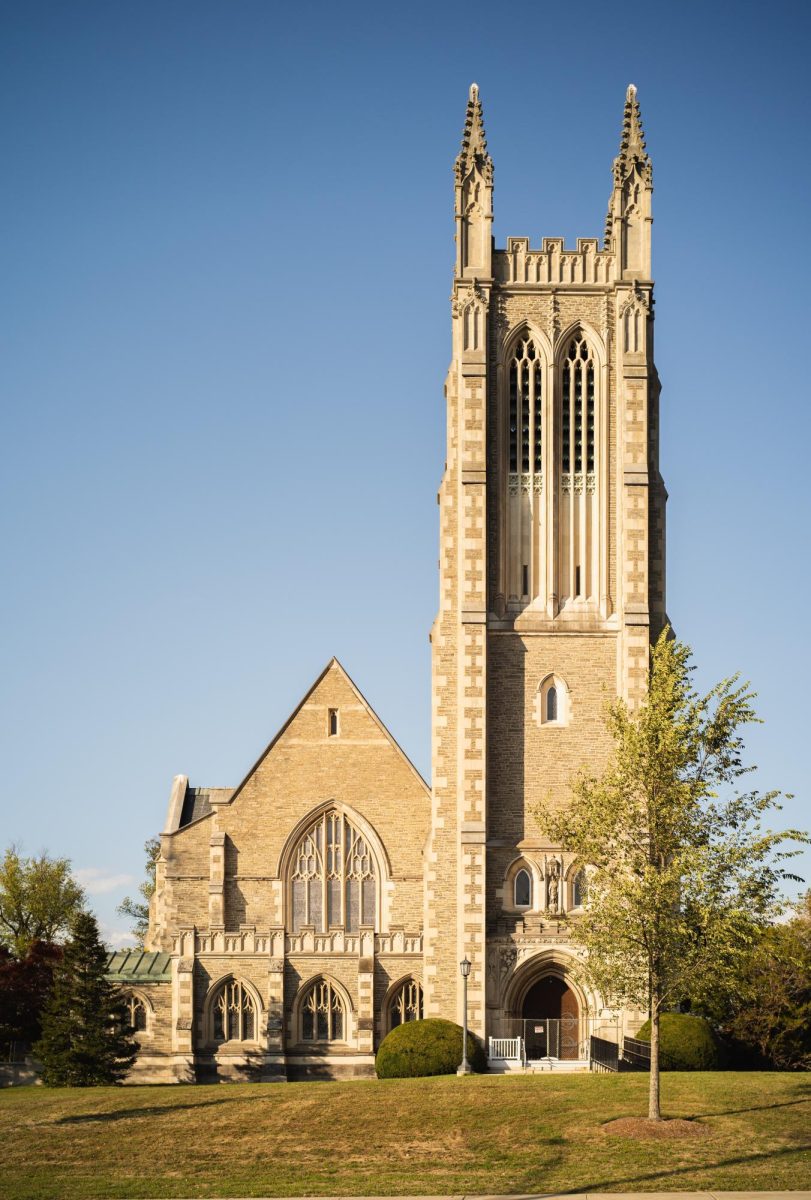An increased number of faculty of color are going on temporary leave or departing from the College this year compared to recent years. These faculty cite multiple reasons for leaving, ranging from professional to personal to cultural concerns.
These departures come at a moment in which the struggles of students, faculty and staff of color have occupied a key role in recent campus protests, events and discussions. In light of the resurfacing of the 2009 Faculty Staff Initiative (FSI) Report, which detailed challenges facing faculty and staff of color, the Record reached out to these faculty members about their decisions to leave. While some faculty cited problems similar to those expressed in the FSI report, others disconnected their decisions from these conversations.
According to Dean of the Faculty Denise Buell, in the 11 years before the 2018–2019 academic year, the number of faculty of color leaving the College ranged from none to four, with an average of two faculty members of color departing during these years. In contrast, at the end of this year, six faculty of color will be leaving the College. Of these faculty, one is retiring, while the other five are departing to continue their careers elsewhere.
These numbers do not take into account visiting professors or faculty who will be taking a scheduled sabbatical from the College, which professors take after every three years of instruction. Buell explained that, corresponding with hiring trends of recent years, when an increased number of faculty of color were hired, next year will see a greater number of faculty of color scheduled to take sabbatical.
Professors departing from the College cite reasons both disconnected to and closely linked to issues of bias against faculty of color. Many refer to more desirable opportunities outside Williamstown rather than issues with the College. “It is true that I am leaving Williams, but it does not intersect at all with being a faculty member of color and/or the problems laid out in the 2009 Faculty-Staff Initiative report,” said Visiting Lecturer in Japanese Jinhwa Chang, who added that she received a strong offer from another institution. Visiting Assistant Professor of Japanese Mamoru Hatakeyama expressed similar sentiments. “My reason for leaving has nothing to do with the issues currently on everyone’s mind,” she said. “It is just that a better opportunity with much more job security presented itself and I chose to take it.” Professor of History Kenda Mutongi described needing a “change of pace” from the College after 23 years of teaching, and said, “I was very happy at Williams, and the College was very supportive of me and my teaching and research. I have no complaints!”
These examples, however, do not represent the entirety of the experiences faced by faculty of color at the College, as members of the College community have in recent months been increasingly describing an unwelcoming environment. Assistant Professor of English Anjuli Raza Kolb, who will be teaching next year at the University of Toronto, cited bias during the tenure process as one of the reasons for her decision. Although Raza Kolb received tenure this year, she began applying for other jobs when she became worried about a possible negative outcome of her tenure decision. “The process is not designed to adequately assess the work of scholars in what are still considered marginal fields,” said Raza Kolb, who specializes in postcolonial literature. She chose to pursue the position in Toronto after she received tenure.
Raza Kolb also cited issues mentioned in the FSI report, such as a lack of recognition for the increased service burdens of faculty of color and comments from peers that she would not fit in the College community. Indeed, according to Raza Kolb, the College is hostile to faculty of color in many ways that are at first easy to miss. “In addition to issues of culture and community, the college has deep problems of discrimination and bias in many places that are hard to see at first – benefits, disciplinary and grievance procedures, sexual misconduct and harassment policies and protocols, evaluation and promotion, support for research and special projects, retention and merit recognition.”
Raza Kolb also pushed back against narratives for her departure that are centered around the geography of the Berkshires. “It’s easy to tell ourselves a routine story about why faculty of color leave,” she said. “It often comes down to location. I’m not stepping away from my position because I’m uncomfortable in Western Massachusetts. I’m reevaluating my relationship to the institution because I haven’t been treated fairly here, or seen through my pre-tenure years in a reasonable, above board way.”
Other faculty members have left the College for reasons relating to bias and safety; at the start of this semester, Kai Green ’07, assistant professor of women’s, gender and sexuality studies, and Kimberly Love, assistant professor of English, cited institutional violence as their reason for taking leave from the College. In addition to the departures, faculty of color have in recent months been increasingly describing an unwelcoming Williams environment that could discourage recently hired faculty from remaining at the College. Professor of Chinese Li Yu described a “cold violence” that came from older, tenured and generally white faculty who she felt were dismissive of her academic work and her presence on campus (“Addressing a culture of ‘cold violence’: On the shortcomings of the College in welcoming faculty of color,” April 10, 2019).
Professor of American Studies Dorothy Wang added that the stresses associated with being a faculty member of color can contribute to exhaustion that may necessitate leave. “There are a lot of us who are faculty of color who are trying to make the college a better place for people of color. It’s a lot of burden on us, psychologically,” she said. “I was feeling extremely exhausted and burnt out. And that’s why I was considering medical leave.” Ultimately, Wang decided against taking medical leave in part because she wanted to actively participate in the hiring process for a new professor of American studies, should the committee on appointments and promotions approve such a position. “You’re basically torn all the time between your service duties, wanting to do the thing that’s going to help the college go in a good direction, and feeling really tired,” Wang added.
James Manigualt-Bryant, associate professor and chair of Africana studies, who will be taking a scheduled sabbatical next year, also pointed to the role of department members, beyond just the administration, in contributing to problems facing faculty of color. “The composition of identity in departments is strongly tied to how those departments themselves decide how they want to represent their discipline to the College,” he said. “It’s important for us to think about the administration, but we have to think about that more expansively, that it includes the CAP [Committee on Appointments & Promotions], but that process also very much involves departments, department chairs, tenured members of departments, those are the ones who are making the decisions about why they want to hire a certain person.” In Manigault-Bryant’s opinion, the culture of various departments may be relevant to the conversation around departures as well. “I would imagine that one of many reasons that faculty may not stay would have to do with their experiences within their departments. As much as it’s their experiences within the College, their experiences in Williamstown – it’s a combination of things.”
Manigault-Bryant added that departures in the Africana Studies department have necessitated the hiring of several visiting faculty. Though the presence of these faculty ensure that students will be able to take classes with faculty of color next year and beyond, Manigault-Bryant emphasized that this does not make up for a lack of tenured and tenure-track faculty. “It’s important to have tenured people of color here because we’re empowered in ways that visiting faculty are not and untenured faculty are not,” he said. “But there will be faculty here, and it will be work on their part, on the faculty’s part and on the student’s part, to get to know each other and to take classes and to try to learn from them and take advantage of their being here.”
The Asian studies department, which will be losing several faculty next year, particularly in the Japanese program, is also hiring visiting faculty to make up for a short-term gap, according to Chair of Asian Studies George Crane. In addition to the departures of Chang and Hatakeyama, both of the program’s tenured faculty, Professors of Japanese Shinko Kagaya and Kasumi Yamamoto are taking semester-long research leaves next year. This string of departures has not taken the department by surprise, however, according to Crane. “We have long known about this possibility, and had already opened searches for new visitors in January,” he said.
Crane added that the Committee on Appointments and Promotions (CAP) authorized searches for the two positions last June and December. Two new professors, Eun Young Seong and Nana Takeda, have been hired and will begin work in the fall. “We will be a bit constrained in our course offerings next year, since the one-semester research leaves for Professors Kagaya and Yamamoto will reduce our effective [full-time equivalent] to three instead of four, but we will be maintaining the full four-year sequence of Japanese language,” Crane said. “I understand that students only became aware of this situation recently and might be shocked by it, but it has been known to me and my faculty colleagues for some time.”
Manigualt-Bryant summed up the wide variety of reasons for the departure of professors from the College. “Faculty of color leave for any number of reasons,” he said. “They leave because they want a different kind of life from the life they can have here… And they might leave for professional reasons that they haven’t found an intellectual home in their departments… There’s a whole range of reasons why people leave.”








